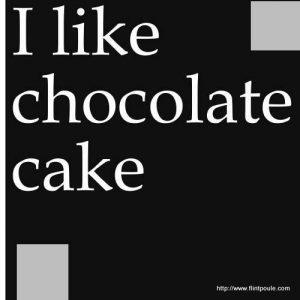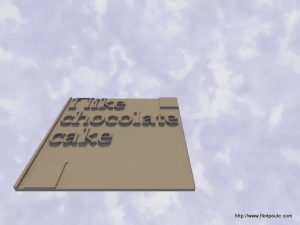 |
| The original jpeg |
There are plenty of examples out there of how to do it with a sphere, but for terrain you would rather use a box.
pigment{
image_map{jpeg “texturegen.jpg” map_type 0 }
rotate x*180 translate <0.5,0.5,0> scale 2 }
}
Note the translation, rotation and scaling are required to make the original image sit in the same orientation and position on the isosurface as they appear in the original image.
The second part is the isosurface itself.
 |
| The isosurface version |
#declare Height = 1 //use this to vary the depth of the image
#declare Land =
isosurface {
function { z-Height*P1(x,y,z).gray}
contained_by{box{<-1,-1,-1><1,1,1>}}
max_gradient 20
translate <-0.5,0.5,-0.5> scale <5,5,0.2>
rotate x*-90
}
object {Land translate <-0.5,0,-0.5> scale <100,1,100> }
Again, the isosurface has to be scaled and rotated for the image to appear correctly on the top side.
Was this post complete gobbledygook? You need to visit PoVRay.
